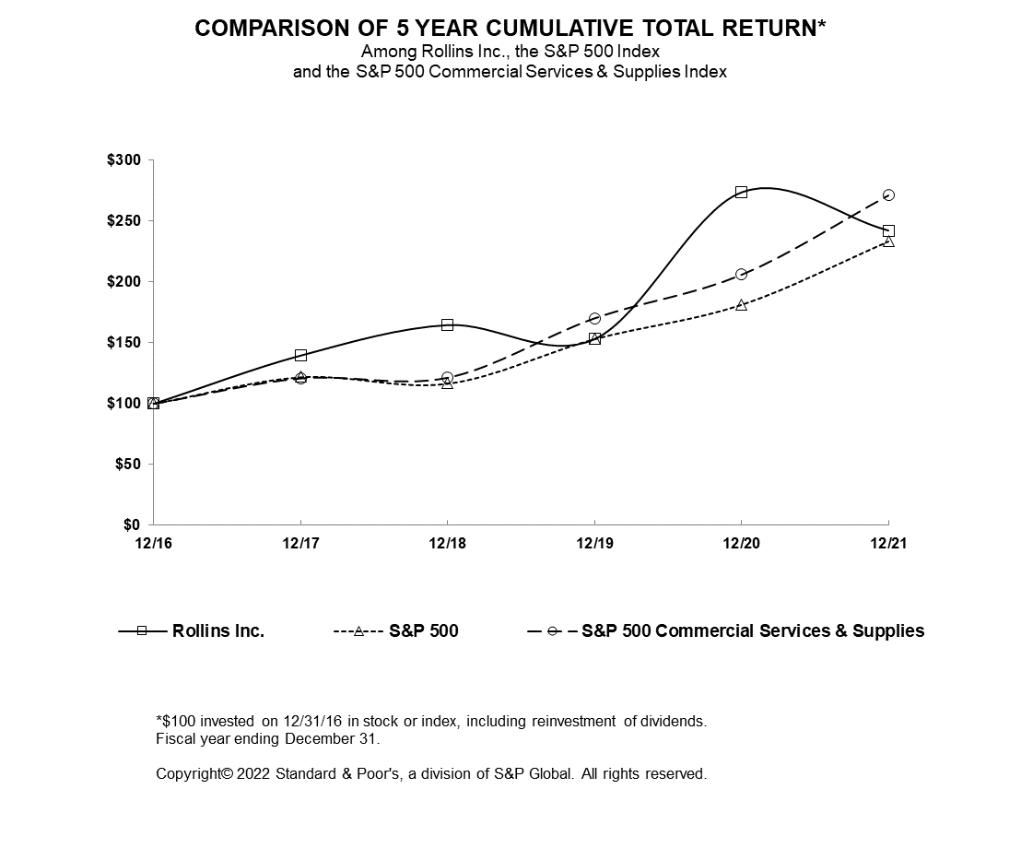liabilities incurred due to a security breach or incident and this could have a material adverse effect on our reputation, financial condition, results of operations and cash flows.
Risks Related to Certain Intellectual Property Rights
Our brand recognition could be impacted if we are not able to adequately protect our intellectual property and other proprietary rights that are material to our business.
Our ability to compete effectively depends in part on our rights to service marks, trademarks, trade names and other intellectual property rights we own or license, particularly our registered brand names and service marks, Orkin®, Orkin Canada®, HomeTeam Pest Defense®, TAEXX®, Clark Pest Control®, Western Pest Services®, Northwest Exterminating®, Critter Control®, IFC®, Trutech®, Waltham Pest Services®, OPC Services®, Perma Treat Pest and Termite Control®, Crane Pest Control®, Murray Pest Control®, Allpest®, Statewide Pest Control®, Safeguard the Pest Control People®, Aardwolf Pestkare®, Adams Pest Control™, McCall® and others. Although we have sought to register or protect many of our marks either in the United States or in the countries in which they are or may be used, we have not sought to protect our marks in every country. Furthermore, because of the differences in foreign trademark, patent and other intellectual property or proprietary rights laws, we may not receive the same protection in other countries as we would in the United States. If we are unable to protect our proprietary information and brand names, we could suffer a material adverse effect to our reputation, business, financial condition, results of operations and cash flows. Litigation may be necessary to enforce our intellectual property rights and protect our proprietary information, or to defend against claims by third parties that our products, services or activities infringe their intellectual property rights.
Risks Related to Legal, Regulatory and Risk Management Matters
We are from time to time subject to lawsuits, investigations and other proceedings which could have a material adverse effect on our business, financial condition and results of operations, and our operations may be adversely affected if we fail to comply with applicable law or other governmental regulations, including environmental and other regulations relating to the pest control industry.
In the normal course of business, we are involved in various claims, contractual disputes, investigations, arbitrations and litigation, including claims that our acts, omissions, services or vehicles caused damage or injury, claims that our services did not achieve the desired results, claims related to acquisitions, allegations by federal, state or local authorities, including the SEC, of violations of regulations or statutes, claims related to wage and hour law violations and claims related to environmental matters. These claims, proceedings or litigation, either alone or in the aggregate, could have a material adverse effect on our business, financial condition, results of operations, and cash flows.
Additionally, our business is significantly affected by and subject to regulation by various federal, state, provincial, regional and local governments in the countries in which we operate, including, but not limited to, environmental laws, antitrust laws, consumer protection laws, employment laws, including wage and hour laws, payroll taxes and anti-discrimination laws, immigration, human health and safety laws and other regulations relating to the pest control industry.
We are unable to predict whether such laws will, in the future, materially affect our operations and financial condition or whether any changes will require us to incur substantial increases in costs in order to comply with such changes. Penalties for noncompliance with these laws may include investigations, criminal sanctions or civil remedies, including, but not limited to, cancellation of licenses, fines, and other corrective actions, which could negatively affect our reputation, financial condition, results of operations and cash flows.

